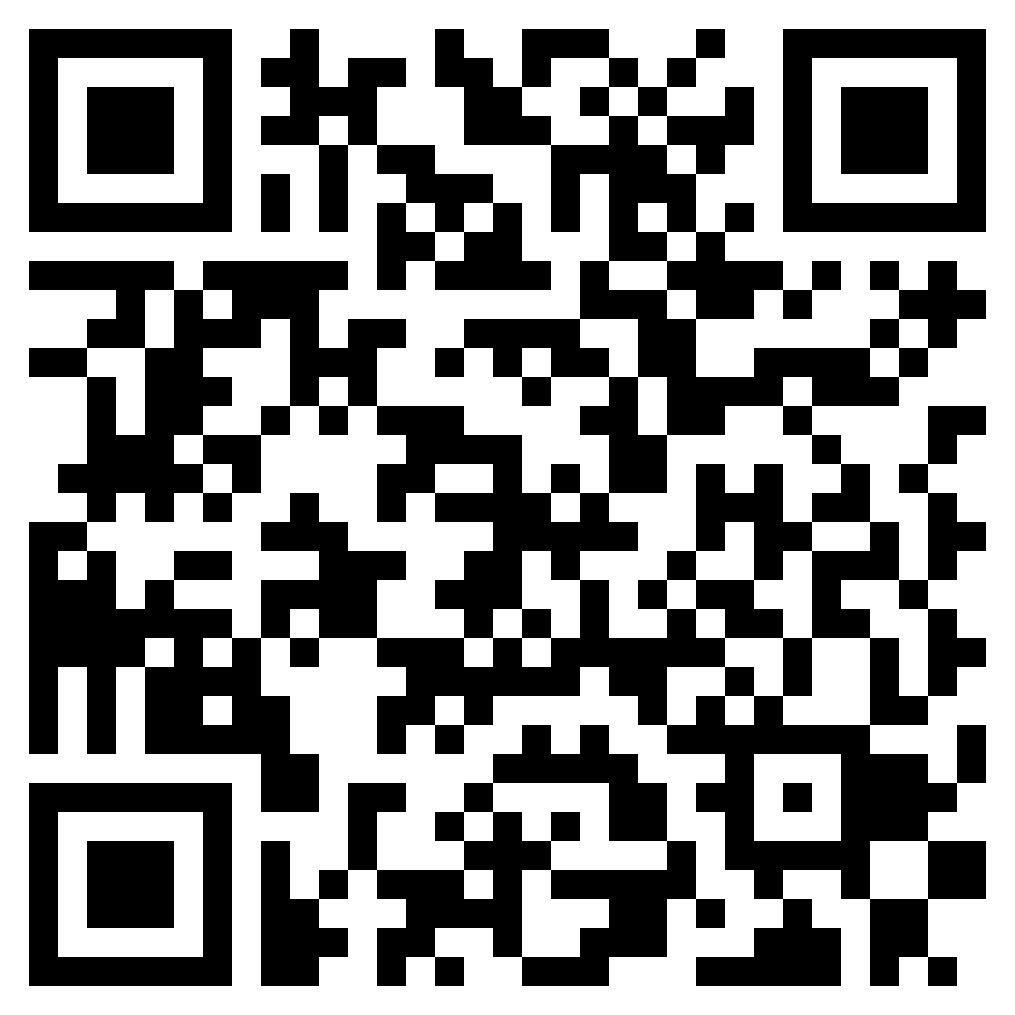LALIFORNIA RED WORM ENHANCEMENT OF THE IMMUNE SYSTEM IN HUMAN DISEASE SERUM PRODUCTION
DOI:
https://doi.org/10.55640/eijmrms-02-11-33Abstract
The human body is constantly adaptable to the external environment, and receives 45% of the energy it needs from the external environment, 15% from the immune system, 20% from the health environment of the family, and 20% from changes in the ecological system. Therefore, since the external environment has a small influence on the stimulation of the human immune system, it is possible to feed and increase the immune system from animal sources, change antibody-producing cells, and directly and indirectly stimulate the immune system of the spleen.
References
N.K.Belamurov. “Полезные калифорниские черви” Москва 2020 год
Ч.Н.Виноградский Почвоведение и биогумос Москва 2018 год
В.В.Кауричев “Почвоведение” Москва 1998
Internet saytlari: https://mymedic.uz

Downloads
Published
How to Cite
Issue
Section
License
Copyright (c) 2022 Z.A. Nurova, Urozova Zarina Urmonovna, Xushvaqtova Osiyo Asadullayevna, Odilov Ramziddin Dilshod O’g’li, Haydarov Jamoliddin Rashidovich

This work is licensed under a Creative Commons Attribution 4.0 International License.
Individual articles are published Open Access under the Creative Commons Licence: CC-BY 4.0.

